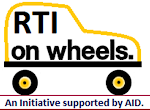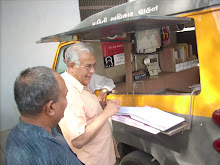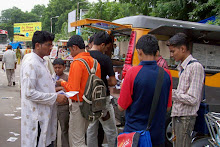Times of India: Gurgaon: Tuesday,
04 August 2020.
The
lockdown has seen the revival of the Citizen Welfare Forum, an advocacy
collective of residents of Sushant Lok 1, who are trying to find a lasting
solution to the frequent power cuts in the area.
From
seeking RTI responses to demanding a fresh survey to assess the power demand in
the coming decades, the forum’s four-member sub-committee in Block B has made
significant headway.
Earlier
this week, the committee received a reply to their RTI query that sought to
know whether DHBVN is a distribution licensee or not. “The RTI response
mentions that DHBVN is a distribution licensee. This means it is their
liability to maintain the infrastructure. Moreover, the discom also admits that
there’s a gap in projected demand and supply. In the first week of August we
have a hearing with the appellate authority where we’ll base our arguments on
these responses,” said Siddharth Chauhan, a member of the sub-committee.
The
residents who are leading the fight have argued that while the power pangs are
perennial, being holed up at home during lockdown gave them the time to devise
an action plan to resolve the issue or, at least, fix accountability. They
complained that the repair and maintenance of the existing electricity
infrastructure is not being undertaken by DHBVN, forcing the residents to pay
out of their own pockets.
While
the discom accepted that existing infrastructure is inadequate, it denies the
allegations. “Power infra certainly is inadequate and every time there’s heavy
wind or rain, the lines get affected. We fix it the moment we get to know.
However, once smart grid installation is complete, there won’t be such
problems,” said a DHBVN official.
The
residents, however, have countered the claims and have contested that there are
glaring lapses in the laying of cables and conductors because of which even the
slightest wind leads to power outages.
DHBVN,
claims that the builder, Ansal Properties and Infrastructure (API), owes over
Rs 40 lakh for the required power infrastructure. API, however, refuted the
charges.
“We had
developed the property 30 years ago, and have paid the EDCs and IDCs were paid
based on the floor-area ratio (FAR) back then. Other regulatory clearances were
also obtained to get the electricity connection. From our end, we gave adequate
power infrastructure based on demand projection at that time,” said Ajay Sharma
of Ansal API.














































































